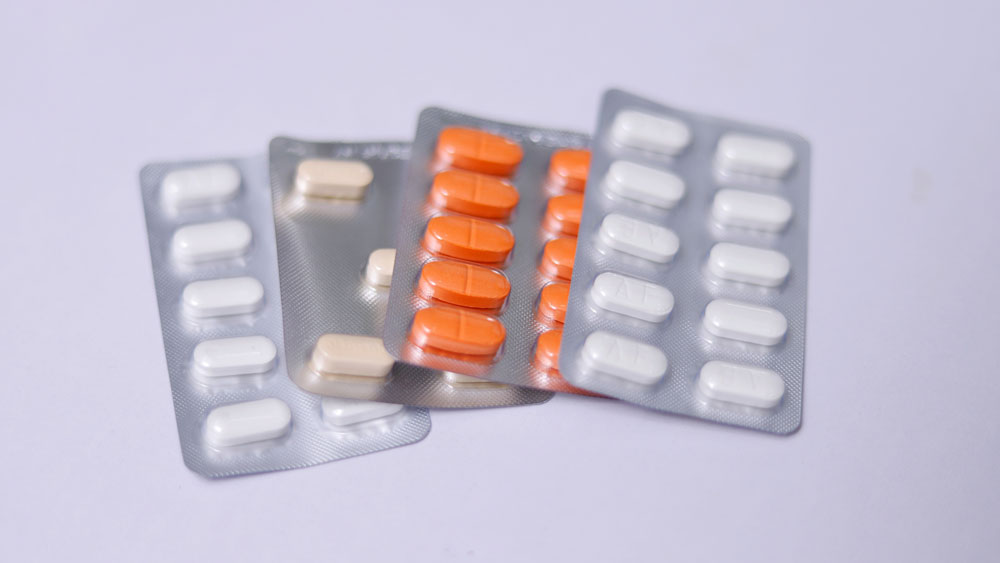Pharmaceutical serialization practices are on the rise and have progressively become a worldwide standard as a result of stringent regulations in various of markets, including the United States, European Union, China, and Argentina. Recent estimations found that by 2022 serialization practices had already attained about 80% market penetration, a testimony to the essential function in verifying drug authenticity, patient safety, and end-to-end supply chain transparency.
|
ADVERTISEMENT |
Pharmaceutical serialization explained
Serialization in the drug sector is the process of affixing a unique code to every individual unit of a package—be it a blister pack, bottle, carton, or other type of primary and secondary packaging configuration. A serialized drug product usually includes crucial details such as product identification numbers, unique serial numbers, lot numbers, and expiry dates. Serialization gives all stakeholders across the pharmaceutical supply chain—from the manufacturers to the distributors and dispensers—the tools they need to track every unit accurately by checking authenticity and integrity at every juncture of the product life cycle.
…

Add new comment